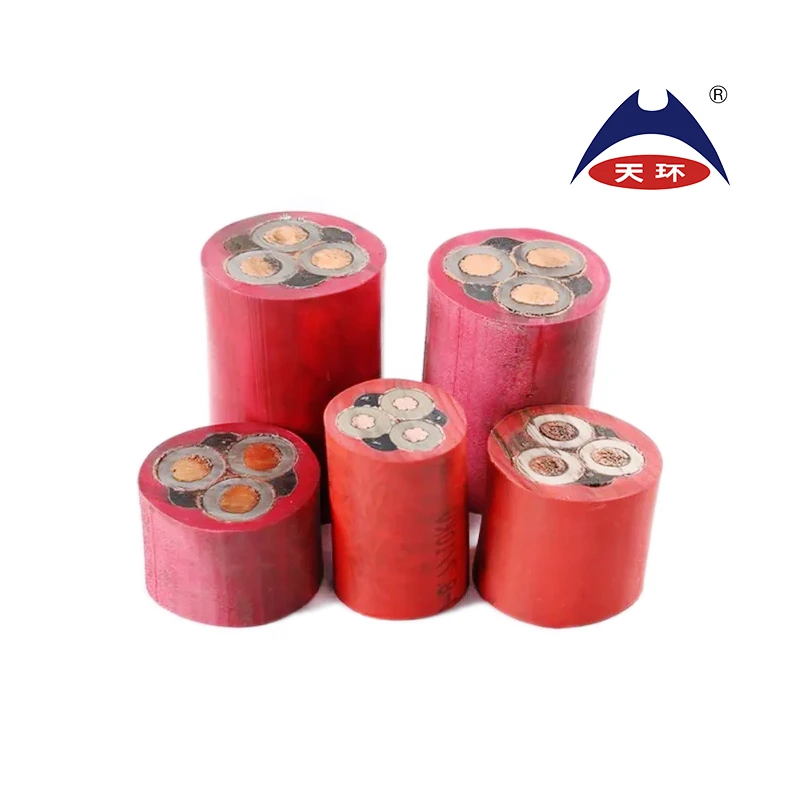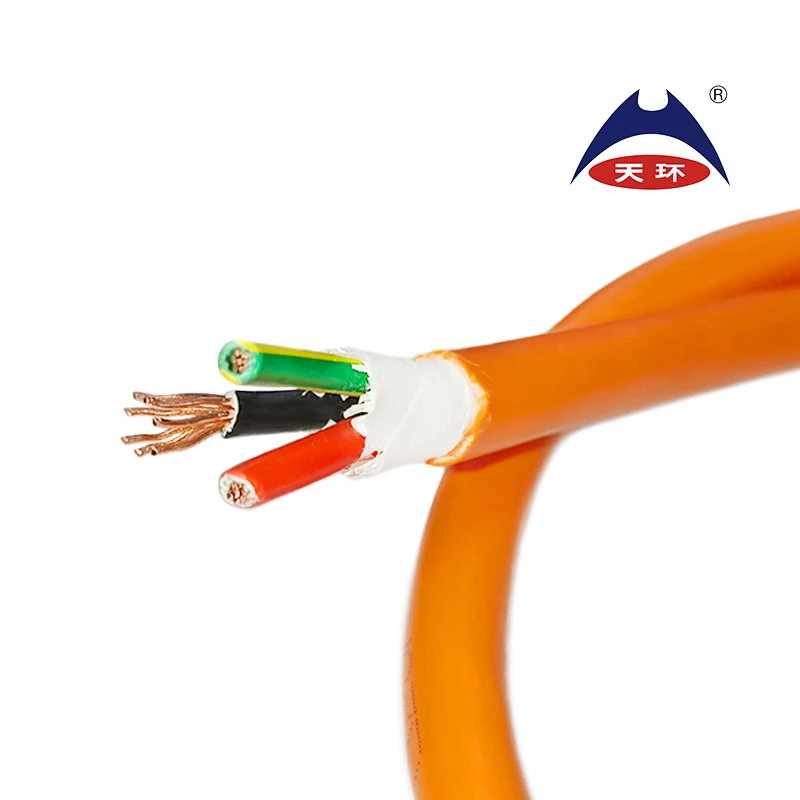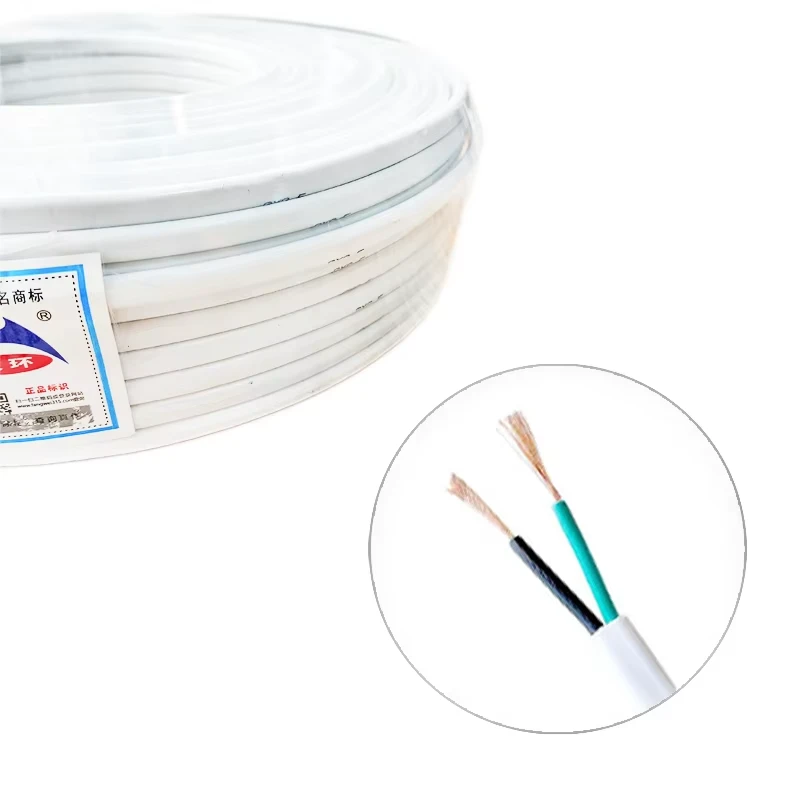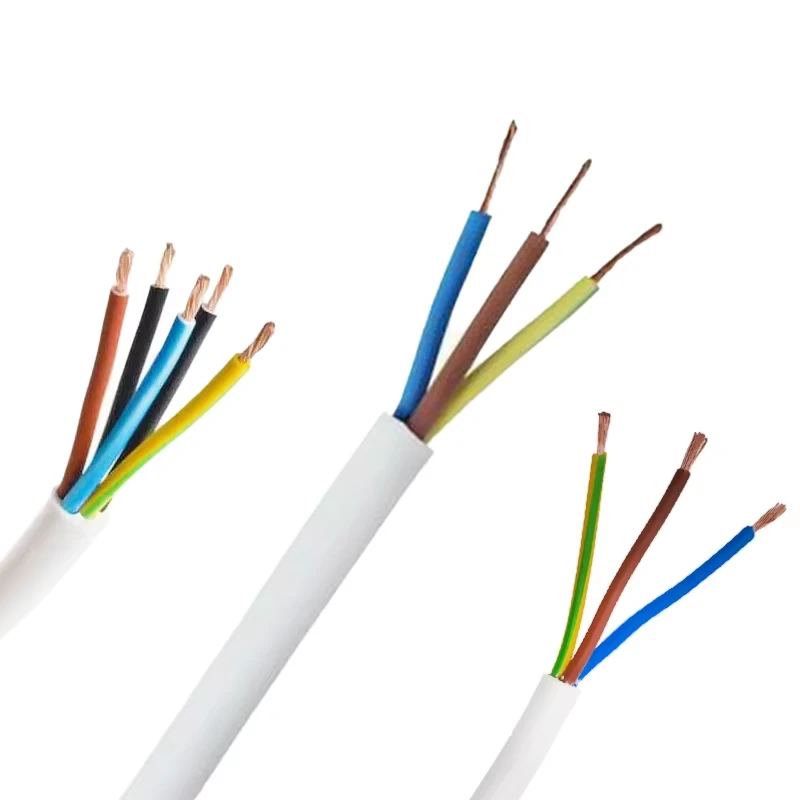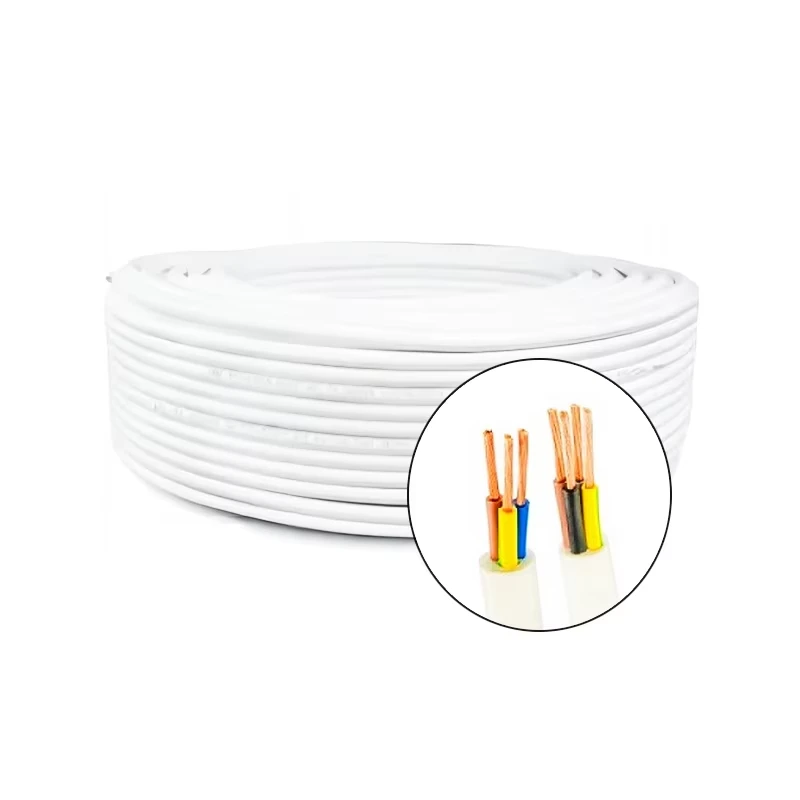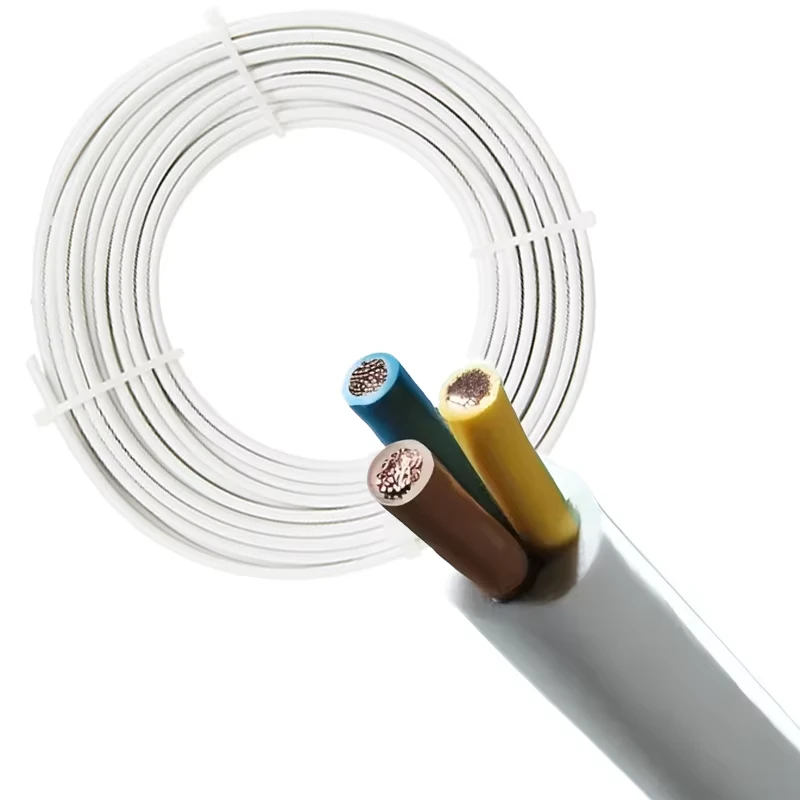
High-Quality 3 Core TPS Cable for Safe Electrical Wiring Durable TPS Cable Supplier
- Introduction: Defining 3 core tps cable
and its role in modern wiring - Technical Breakdown: Construction and electrical specifications
- Data & Performance: Statistical insights and data-driven benefits
- Manufacturers Compared: Leading brands contrasted with a detailed table
- Customization: Tailored solutions and industry compliance
- Real-World Use: Case studies showcasing effective implementation
- Conclusion: Why 3 core tps cable is the trusted choice for contemporary projects
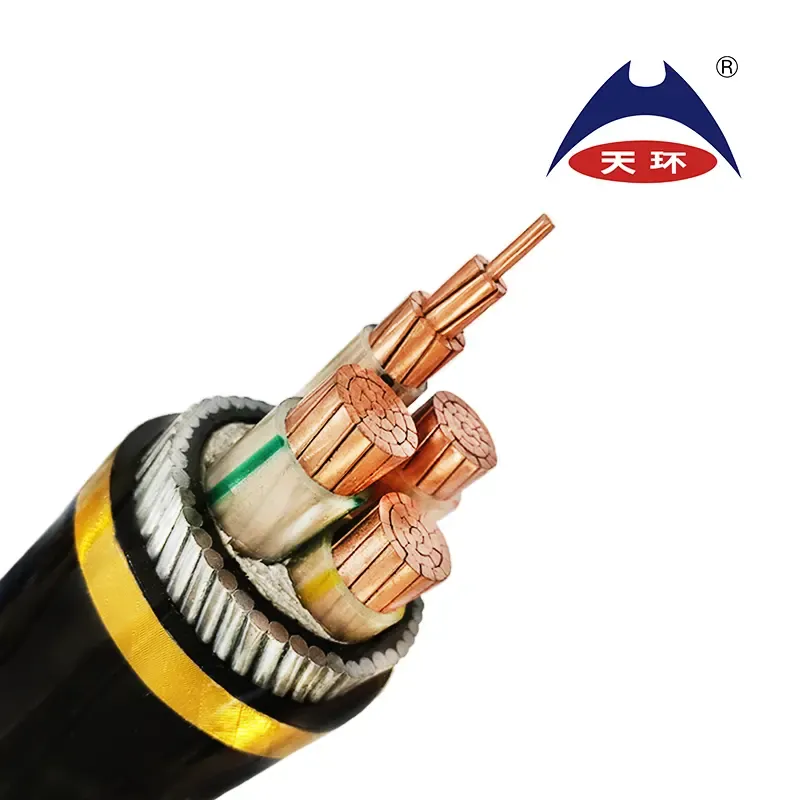
(3 core tps cable)
Introduction to 3 core tps cable and Its Importance in Modern Installations
The 3 core tps cable, short for Thermoplastic Sheathed cable, has become a cornerstone in modern electrical installations, especially for domestic and commercial environments. As wiring regulations and building codes evolve to demand greater safety and efficiency, the adoption of this cable type has seen significant growth over the past decade. Widely recognized for its ease of installation and flexibility, the TPS CABLE configuration with three cores supports a wide range of applications, including lighting circuits, power outlets, and switchboards. Its robust construction delivers performance, reliability, and safety, making it a preferred specification in new housing developments, retrofits, and light industrial setups.
Technical Breakdown: Construction and Electrical Specifications
The 3 core tps cable features a sophisticated build tailored for structured environments. It comprises three individually color-coded conductors—typically active (brown or red), neutral (blue or black), and earth (green/yellow)—embedded in a flat, high-grade thermoplastic sheath. This configuration conforms to both local and international standards for insulation, durability, and fire resistance.
In terms of specification, common variants include 1.5mm² and 2.5mm² conductor sizes, suitable for different current capacities ranging from 10A to 20A continuous load. The sheath offers excellent resistance against abrasion, chemicals, and UV exposure, ensuring longevity even in harsh conditions. Dielectric strength typically exceeds 650V, with insulation resistance surpassing 1,000 MΩ/km, reducing the risk of faults. With a maximum operating temperature of 90°C and robust flexibility, these cables streamline cable management in tight spaces where bends and turns are frequent.
Data & Performance: Statistical Insights and Advantages
Market analytics reveal that the deployment of TPS CABLE solutions, especially the three-core variants, results in marked improvements in both installation efficiency and end-user safety. A 2023 industry survey demonstrated a 34% decrease in wiring faults and a 27% acceleration in project completion times across residential developments utilizing 3 core tps cables versus traditional non-sheathed alternatives. Fire safety tests corroborate this, citing a 41% lower propagation rate due to the cable’s proprietary thermoplastic sheath.
The lifecycle of a professionally installed 3 core tps cable averages 25 years with minimal degradation, translating to fewer maintenance windows and lower operational costs. Energy losses through resistance are kept under 2%, contributing to higher overall circuit efficiency. The reduction in cable failures also correlates with insurance premium cuts for residential projects, offering tangible financial advantages to stakeholders.
Manufacturers Compared: Leading Brand Data Points
Selecting the right supplier is critical—quality variances between brands can have far-reaching implications for both safety and performance. The table below contrasts key specifications and credentials of top market competitors in the field of TPS cable manufacturing:
| Manufacturer | Cable Size Range | Sheath Material Quality | Voltage Rating | Certifications | Warranty |
|---|---|---|---|---|---|
| AusCable Solutions | 1.0mm²–6.0mm² | High-Grade UV Stabilized PVC | 450/750V | AS/NZS 5000.2, CE | 25 Years |
| GlobalWire Manufacturing | 1.5mm²–4.0mm² | Halogen-Free, Flame Retardant | 600/1000V | IEC 60227, ISO 9001 | 20 Years |
| Pioneer Cables Ltd. | 1.0mm²–10.0mm² | Thermoset Enhanced PVC | 450/750V | VDE, RoHS | 30 Years |
| ElectroFlex Systems | 1.5mm²–2.5mm² | Standard PVC | 450/750V | AS/NZS 5000.2 | 15 Years |
As seen above, top-tier brands differentiate themselves through not only certifications and material innovations but also extended warranty periods—crucial for institutional buyers and large-scale contractors. When specifying 3 core tps cable for mission-critical applications, scrutinizing these attributes can safeguard project outcomes and compliance standards.
Customization: Tailored Solutions and Industry Compliance
The dynamic requirements of modern infrastructures sometimes necessitate custom cable solutions. Leading manufacturers offer personalization options in conductor gauge, sheath composition (e.g., low smoke zero halogen for sensitive environments), length, sheath color coding for rapid identification, and packing format (drums vs. coils). These tailored solutions ensure compatibility with specialized infrastructure, such as marine facilities, data centers, and high-rise construction where unique stress factors are present.
Compliance with rigorous standards, such as AS/NZS 5000.2 for Australian facilities or IEC 60227 globally, is often a precondition for government or commercial procurement. Some sectors, such as healthcare, may demand dedicated low-toxicity and flame-retardant features to comply with occupational health codes. Documentation supplied with custom orders typically includes batch traceability, compliance statements, and performance test results, streamlining the approval process for electrical inspectors and project managers alike.
Real-World Use: Case Studies Showcasing Effective Implementation
Practical deployments of 3 core tps cable reveal insights into its functionality and performance across diverse scenarios. For example, a 2022 mid-rise residential project in Sydney replaced legacy cabling with three-core tps cable, achieving a reduction in installation time from 34 working days to just 26 and slashing maintenance calls by 70% within the first year.
In another case, a light industrial facility in Wellington opted for customized halogen-free TPS CABLE to meet stringent fire safety codes. The upgrade resulted in zero reported cable faults over 36 months of continuous operation, with the electrical management team citing improved cable identification and reduced downtime for scheduled maintenance.
Similarly, a healthcare institution in Auckland deployed color-coded, low-toxicity 3 core tps cable, ensuring seamless compliance with both electrical and environmental mandates without hardware compromise, enhancing both safety and system reliability.
Conclusion: Why 3 core tps cable Outperforms in Contemporary Applications
In review, 3 core tps cable stands apart as an industry benchmark for safety, adaptability, and consistent electrical performance. Its advanced engineering, broad compliance profile, and support for tailored configurations allow professionals to meet complex project requirements while minimizing installation and maintenance overhead. Data confirms tangible advantages in longevity, project efficiency, and insurance metrics, all reinforcing its superiority in modern construction and retrofit environments. For stakeholders prioritizing operational excellence and future-proofed assets, this cable provides the reliability backbone essential in today’s electrical infrastructure.
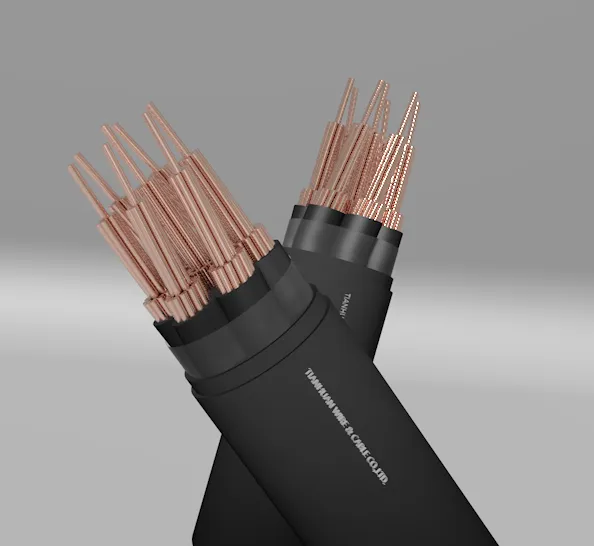
(3 core tps cable)
FAQS on 3 core tps cable
Q: What is a 3 core TPS cable?
A: A 3 core TPS cable consists of three insulated conductors plus an earth wire, all sheathed in tough plastic. It's commonly used for fixed wiring in residential and commercial buildings. "TPS" stands for Thermoplastic-Sheathed.Q: Where is TPS cable typically used?
A: TPS cable is typically used for general power and lighting circuits in homes and offices. It's suitable for installation in dry, protected areas. It should not be used outdoors unless specially rated.Q: What sizes are available for 3 core TPS cable?
A: 3 core TPS cable comes in various sizes such as 1.0mm², 1.5mm², 2.5mm², and larger, depending on current requirements. The size should match the electrical load and Australian/New Zealand standards. Always consult an electrician for correct sizing.Q: Is TPS CABLE suitable for underground installation?
A: Standard TPS CABLE is not suitable for direct burial or underground installation. It must be run in conduit if used underground. Use specifically rated cables for direct burial applications.Q: How is a 3 core TPS cable different from twin TPS cable?
A: A 3 core TPS cable has three active conductors and an earth wire, while twin TPS has only two active conductors and an earth. The 3 core version allows for more complex wiring, like two-way switching. Both types feature a thermoplastic sheath for protection.-
The Quantum Leap of XLPE Cable in Power DistributionNewsMay.29,2025
-
Mastering the Essentials of Building WireNewsMay.29,2025
-
Innovative Horizons of Rubber Trailing CablesNewsMay.29,2025
-
Exploring the Versatile World of Rubber CablesNewsMay.29,2025
-
Decoding the Mysteries of Building CablesNewsMay.29,2025
-
Advancements Redefining Control Cable TechnologyNewsMay.29,2025
-
Why It's Time to Replace Old Rubber CablesNewsMay.28,2025





